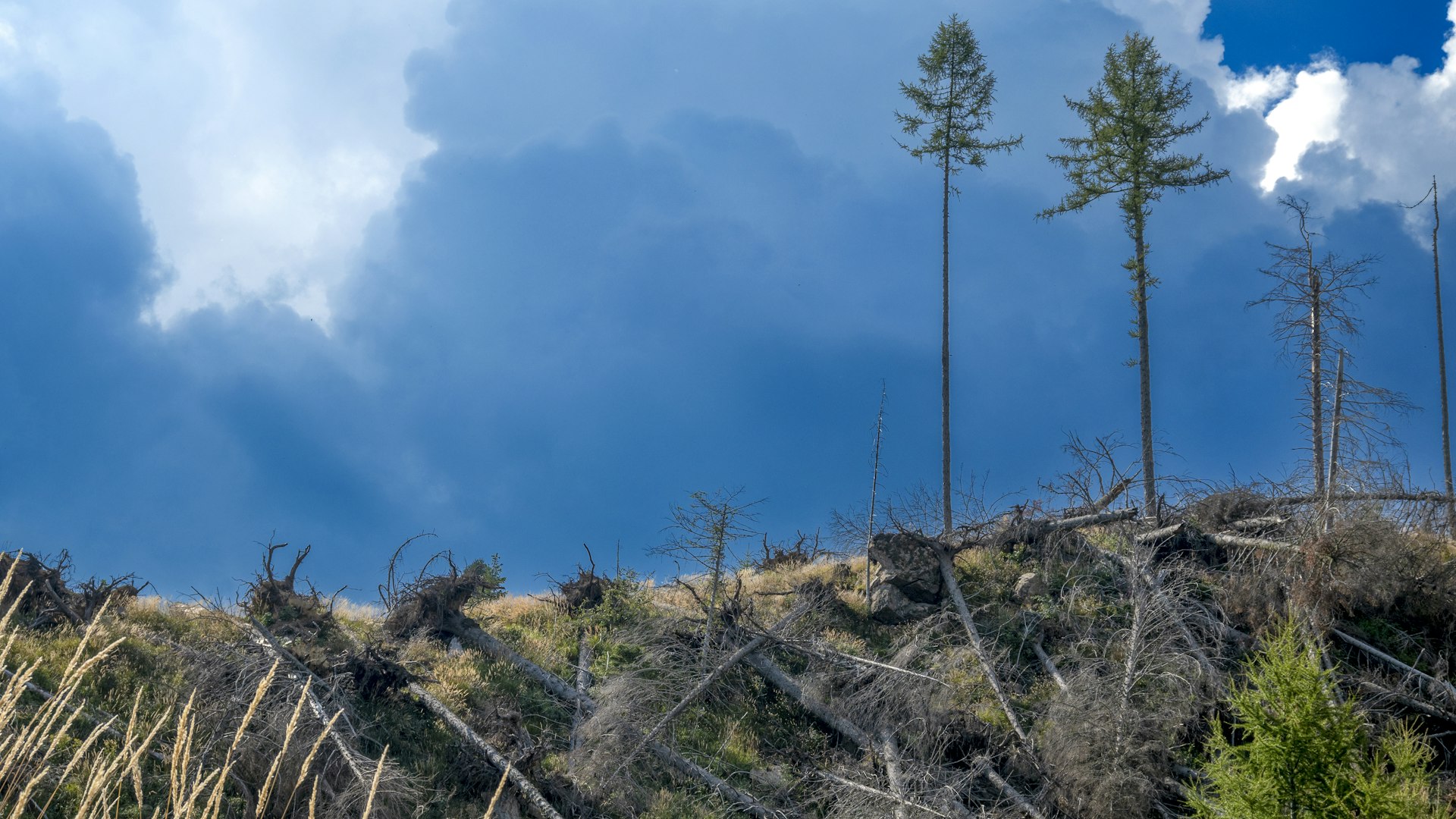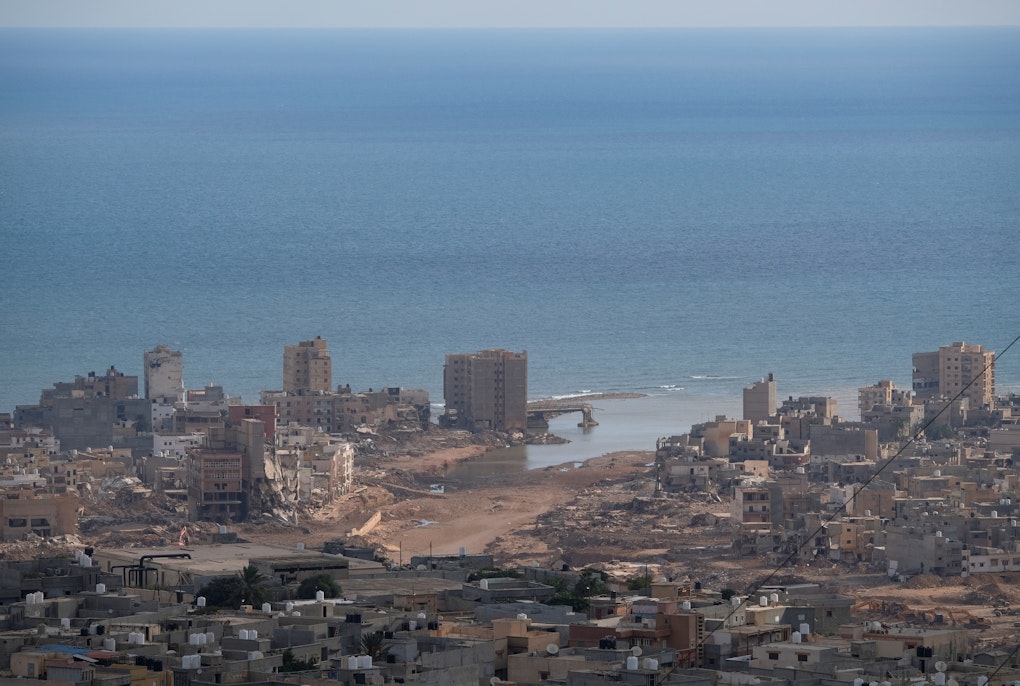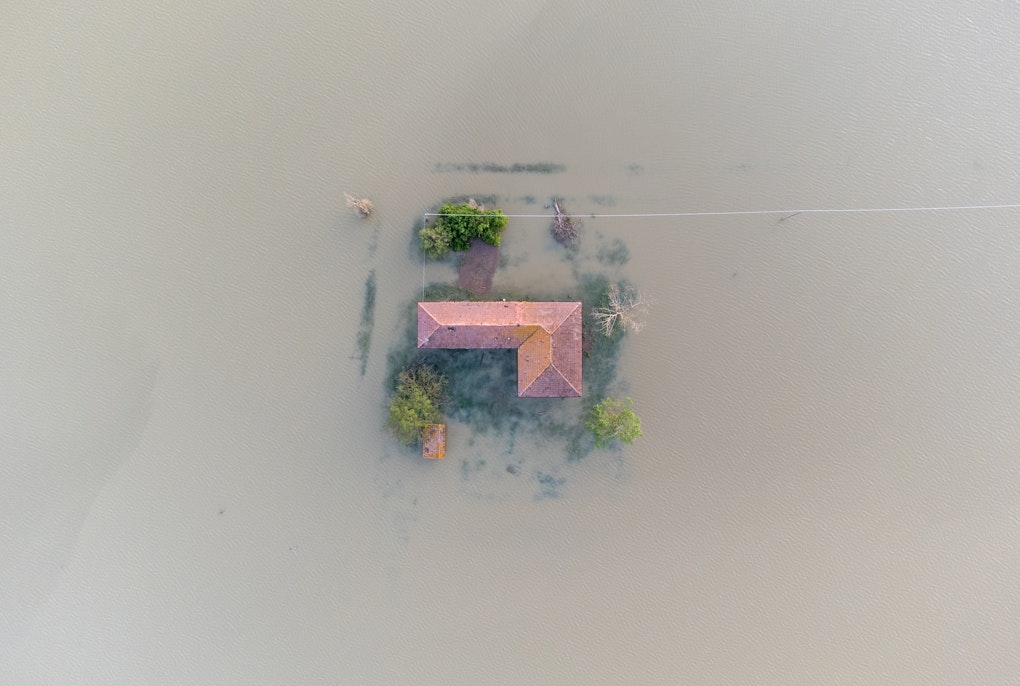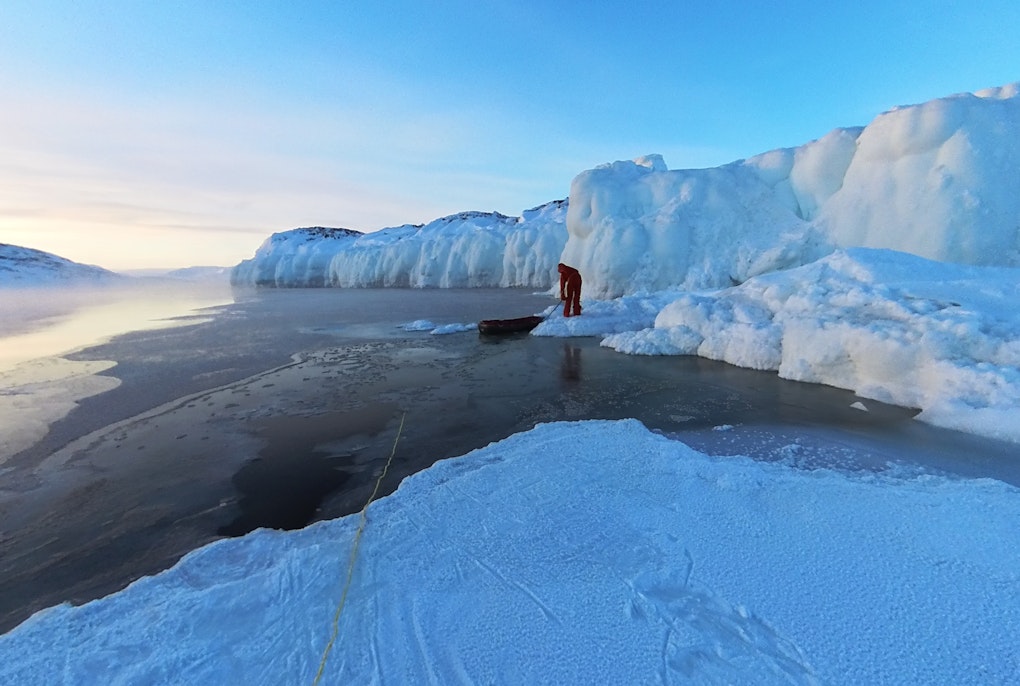magazine_ Article
What is an extreme event?
Since 1981, a research project has analysed the extreme events that have affected certain Alpine regions. The results of which have enabled new models to manage them better.
Extreme events are intense weather phenomena that usually have a high return time - taking up to several decades before an event of the same type occurs again. However, climate change is modifying the situation: extreme events are becoming more frequent, and this requires a rethinking of how they are reported, modeled and dealt with.
Storm Vaia was an extreme event that has remained most etched in the memory of the Alpine valleys. – In the last days of October 2018, the intense weather event with winds of up to 200 km/h hit the territories of South Tyrol, Trentino, and Veneto severely, causing damage of more than fifty million euros and transforming the landscape. The effects of storm Vaia are still visible today.
However, if we look at all the Alpine regions, storm Vaia was only one of the many severe weather events that have been categorized as 'extreme'. Others– each one with its own peculiarities – occurred between 2018 and 2020 resulting in intense rainfall with scales equal to those recorded in Vaia and to heavy snowfalls that caused disruption to road systems.
Under the aegis of the TRANSALP project a research team has been analyzing all extreme events that had trans-regional impacts: simultaneously affecting Tyrol, South Tyrol and Veneto - from 1981 to 2020. The aim is to fully understand the effects of these events and to provide tools and indications to administrations so that they can be prepared to absorb the damage in the best possible way.
What differentiates an extreme event?
"One of the most common ways of defining an extreme event is as a statistical definition," explains Massimiliano Pittore, an expert in natural disasters at Eurac Research and coordinator of the project TRANSALP. "In a series of weather events that have occurred over a certain period of time, we identify those that deviate from the average: the more they deviate, the less frequently they are observed. This is because the most extreme events usually have a very high return time, meaning that the time interval between these events can also be many tens of years”.
At least fifteen extreme events with trans-regional impact – in Tyrol, South Tyrol and Veneto – occurred from 1981 to 2020. Seven of these, however, happened in the latter ten years alone. "Analyzing this time scale and this territory, we must highlight that there has been an increase in the frequency of extreme events," comments Massimiliano Pittore. If these events become more frequent and therefore more common, does it still make sense to define them from a statistical point of view?
"Climate change is transforming the situation. In addition to emergency response, it is increasingly necessary to work ex-ante: to understand what might happen and how to respond, but also how to further improve risk prevention and mitigation"
Massimiliano Pittore, expert in natural disasters
"Climate change is transforming the situation. Relatively stable natural processes are gradually changing their characteristics. For example, it is estimated that in South Tyrol, a precipitation event with a return time of 50 years could become around four times more frequent in the future, " warns Pittore. "The new situation may require a rethinking of how rare and extreme events are modeled: they must find their place in planning management. In addition to emergency response, it is increasingly necessary to work ex-ante: to understand what might happen and how to react, but also how to further improve risk prevention and mitigation."
Extreme events and cascading effects
Another characteristic of extreme events is that they generate a series of direct or indirect impacts on the territory. These effects are sometimes difficult to predict as they could happen a long time after the triggering event. They are called cascading effects.
"The events we consider extreme are almost never simple events: instead, they are decidedly complex even in their consequences," explains Massimiliano Pittore. "A storm, for example, comprises a series of phenomena that can occur simultaneously and in the same place: very strong winds, torrential rain, lightning, hail. This usually leads to the intensification of landslide phenomena in the area affected by the event. If, however, a sensitive infrastructure is damaged, for example a main road, this can trigger a chain of consequences that is geographically very extensive in relation to the exact place where the extreme event occurred”. An extreme event can therefore generate damage and disruption even over great distances.
If we look at the time scale, the so-called cascading effects can still be observed even after several years from the triggering extreme event. "The fact that a large number of trees that crashed after storm Vaia could not all be removed has, for example, favoured the spread of the bark beetle – a pest and forest-damaging insect that finds favorable conditions for development precisely in rotting trees. Also due to above-average temperatures, the spread of the bark beetle in the forests affected by Vaia is likely to peak in the next couple of years, one more than five year after the main event," says Pittore.
Other knock-on effects concern the social sphere, cultural heritage, a site’s attractiveness to tourists. "These kinds of consequences should not be underestimated either: a change in the landscape on the scale of that associated with storm Vaia takes away a very deep reference to the nature with which communities have been in synergy for centuries,” Pittore continues.
Learning to manage extreme events by thinking systemically
If extreme events are likely to occur more and more frequently, administrations must learn to absorb the resulting damage as much as possible. "There is always a fine line between what you can manage and what you cannot: extreme events that are very similar to each other can result in very different managements. In the case of storm Vaia, thanks in part to excellent forecasting, schools and workplaces were closed in time and despite the potentially catastrophic scale of the event, the impact was relatively contained. Yet, with events of this magnitude, it’s essential that one never lowers their guard”.
"Administrations need to keep in mind that extreme events are complex events, with cascading effects."
One of the turning points, according to the researchers, is the realization by the administrations that these events are complex, with cascading effects. It will therefore be necessary to manage their consequences on different scales: from transport, for example, to water supply and electricity. But also by considering the social and economic system. "The systemic approach," explains Pittore, "does not look at individual factors independently, but tries to understand their interconnections and chains of impacts. Reasoning from this perspective can help prevention and mitigation activities."
New maps and models for systemic emergency management
In the analysis of extreme events conducted as part of the TRANSALP project, a range of information was collected on the effects of the extreme events analyzed – dividing them into primary impacts such as landslides, floods, debris flows and secondary ones such as those affecting traffic or different social systems.
"This is a very complex activity. We have observed that much damage is not methodically recorded. Moreover, different regions even if they are in the same country, proceed in a scattered order with different methodologies and protocols. Analyzing the real impact of these extreme phenomena is not easy. Moreover, the fact that some of the impacts are complex and protracted over time also poses problems of attribution,' explains Massimiliano Pittore.
This information is used by the research team to understand how to create new models for risk management that consider the systemic key of these events.
Maps describing the location of the population during the day - where workers are most concentrated as well as where they reside during the night and the roads that are travelled by commuters can, for example, help to better manage an emergency during an extreme event. Just as identifying the presence of protective forests can improve risk prediction. Similarly, information on the functionality of infrastructure that could be damaged would give a more accurate picture of the possible consequences of an extreme event.
These models not only provide static information, but also give a good idea of what happens in the territories near those where the extreme event occurs: if a connecting road is damaged, which other territories may be affected?
'Tools of this kind would help to change the paradigm in the management of extreme events, moving towards a more systemic approach. They would also provide Civil Protection with additional help in understanding the consequences of extreme events enabling them to be better prepared for evacuation and emergency management,' Pittore concludes.
 technical documentation
technical documentationThe TRANSALP project
Transboundary storm risk and impact assessment in Alpine regions
he overall goal of the TRANSALP project is to provide an integrated multi-hazard storm risk assessment and forecasting methodology, tailored for Civil Protection authorities in cross-border mountain regions.
Currently existing multi-hazard risk assessment approaches and mapping techniques of socio-economic assets and their vulnerability will be evaluated, with the main goal of advancing decision-making processes for disaster risk prevention in European Union mountain areas in order to foster the adoption of common standards within a collaborative framework.
The project is financed by the EC under the UCPM-2020-PP-AG (Prevention and Preparedness Projects for Civil Protection and Marine Pollution) program. Eurac Research is the leading partner of a transboundary consortium which includes EPC Srl, ARPA Veneto, ZAMG (Austria), BFW (Austria)





